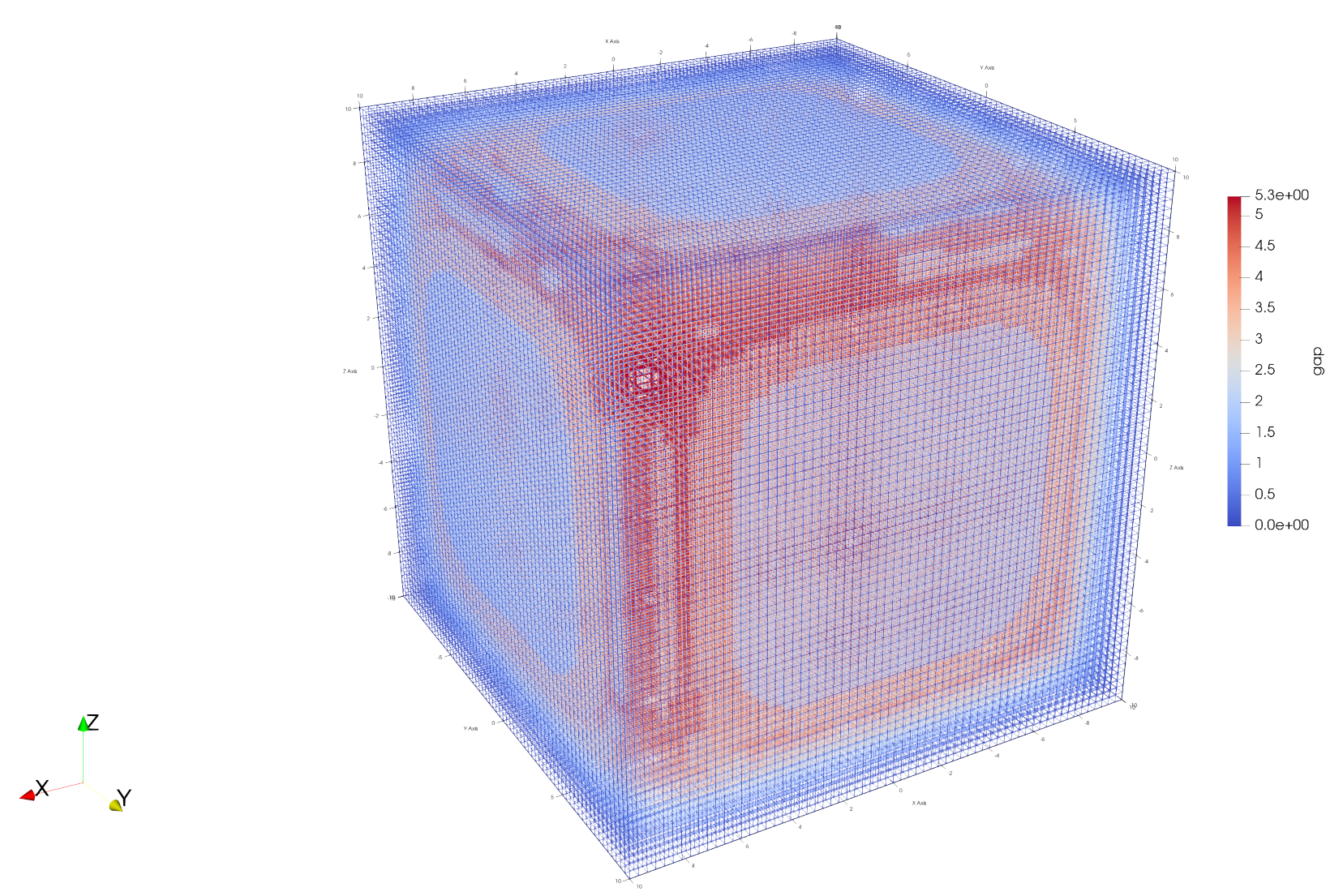What is VerHem?
This site is the home page of research HPC software project Verkko-Hem (VerHem). In Finnish language, Verkko means Grid or Mesh, which is basic setup of Finite-Element analysis.
VerHem is a Finite-Element-analysis based high-dimension multi-components partial differential equations solver suite. The prior target of VerHem is system of stationary Ginzburg-Landau partial differential equations of anisotropic superfluid in the presence of different types of boundary conditions such as Robin, Neumann, or periodic boundary conditions.
Such type of superfluids and superconductors involve tensor order parameters thank for their complicated symmetry breaking patterns in addition to spontaneous breaking of U(1) gauge symmetry. As a result, the Ginzburg-Landau effective theory suggest coupled non-linear partial differential equations of multiple unknown functions. The traditional strategies to walk around the hardness of solving such equation systems are more or less ansatz-related, or simplifying the equations with specific symmetries.
Aiming to modeling superfluid Helium-3 liquid, which is p-wave anisotropic topological superfluid with 18 components order parameter tensor, Verhem project is developing modern HPC toolkit to overcome the challenges raised by requirements of solving such high-dimension Ginzburg-Landau equation systems in 3D complex geometry.
VerHem featured with automated adaptive mesh, scalability upon memory distributed system, easily-controlled Dirichlet, Neumann, Robin or periodic boundary conditions of every tensor elements on simulation domains. On this page, an visualized simulation generated through VerHem is presented. Depending on your device, it may appear on right-hand side or on the bottom of this text. With three time adaptive refinements of simulation grids and about 22 Millions Degree-of-Freedoms, this simulation box perfectly found B-phase with maximum pairing-breaking as solution.

News and Updates
Project Home Page online Now! - May 3, 2024